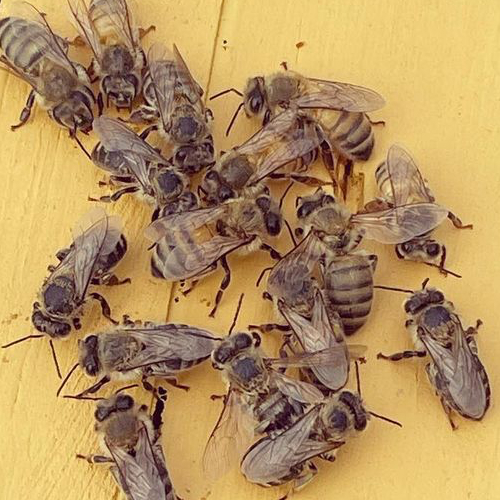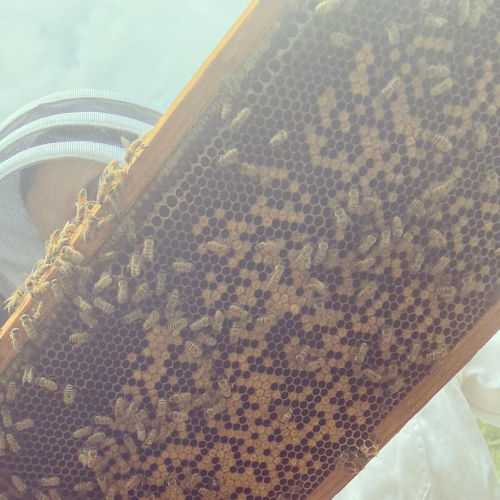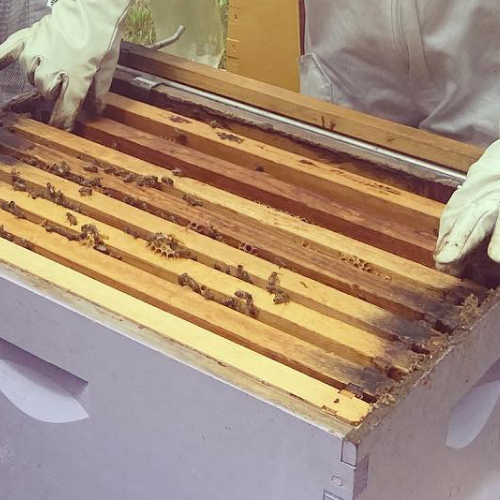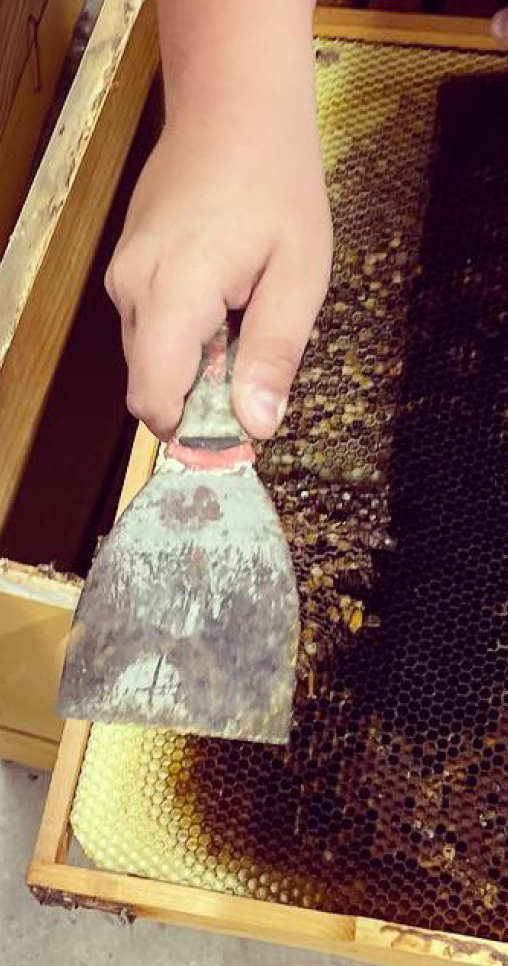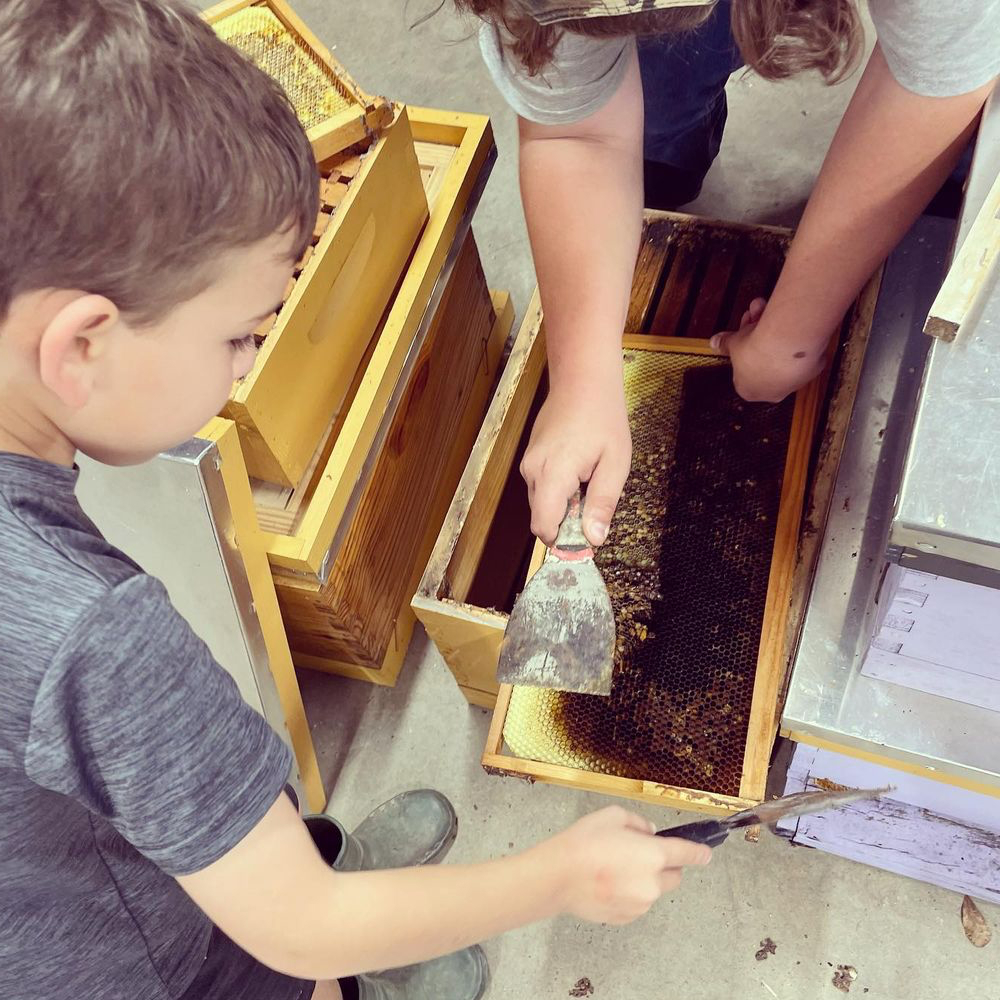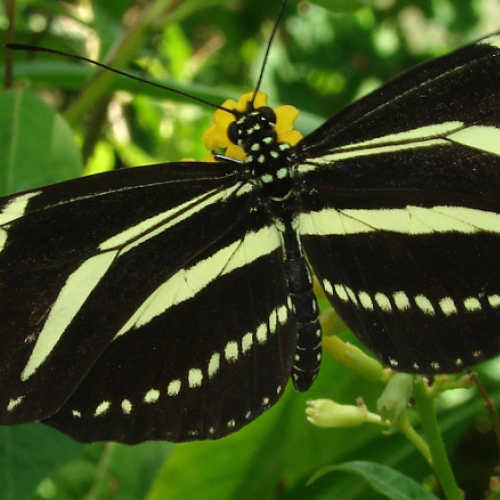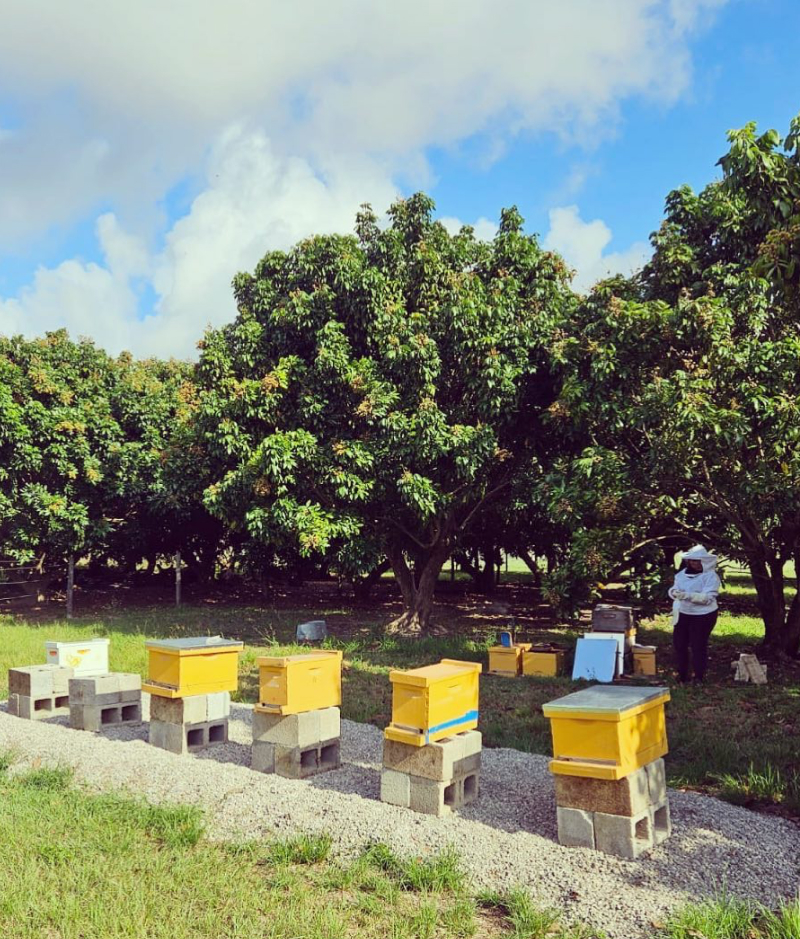
The Little Farm
Apiary & Beekeeping
Throughout the year visitors can visit our hives or schedule a beekeeping workshop to learn more about bees.
The Little Farm Apiary features:
- Hive Structures
- Honeycombs
- Beeswax
- Pollen Collection
- and plenty of bees of course!
Our apiary also becomes home to those unwanted bees in our community. We sometimes go out and rescue colonies and bring them back to our bee yard to welcome them warmly into The Little Farm Family.
The Story of Our Little Farm Bees
We met David just about a year ago when we started on the most beautiful journey with our bees. He has not only taught us and supported us in ways we could have never imagined, but because of him we have a thriving partnership with FIU.
Education is the cornerstone of what we do, and through David and these amazing groups of young men and women, not only are we continuing to learn and grow, but we are able to share our space to aid in the continuing education of those around us.
Honey Bees
Bzzzzzz….
There are 3 types of bees in each colony – a single Queen Bee whose main job is to lay up to 2,000 eggs per day and guide the behavior of the colony through pheromones that she releases, Worker Bees, who are all female, and have many different jobs within the hive such as nurses, guards, cleaners, queen attendants, foragers, wax makers, and air conditioners, and Drones who are the male bees in the colony solely responsible for mating flights in the Spring.
FUN FACTS: Honey bees are amazing creatures – not only do they produce honey, they also create wax, pollinate plants while foraging, and mange their colonies through a hierarchical system.
Honeycomb
Stores
Honeycomb is made up of wax hexagonal cells and are filled with honey and pollen collected from different plants by female worker bees. Honeycomb can also hold bee larvae.
FUN FACTS: Honeycomb is rich in antioxidants which can boost the immune system
Beekeeping
Share the Love
Learn about Beekeeping at one of our privately scheduled workshops. See the action up close and witness first hand the wonder of our honey bees. Learn about how all worker bees are female, drones (male bees) get kicked out of the hive in the winter, and our queen gets tended to her entire life. There’s no better way to learn than to suit up and be hands on and head deep into their hive.
As beekeepers we’ve learned that swarming is a sign of a healthy colony. However, it’s never fun losing bees. Once we notice this behavior we search for their new spot. One time some of our bees set up shop on a nearby Longan branch. The branch was cut down to help bring them back home. When they’re ready you can you can see the bees fanning – signaling to the rest of the bees to come on in!
Beeswax
Melts
Bees create many products that we can use well after they are done with them – one of those is wax. They create wax comb by secreting wax particles from their exoskeleton and then chew and mold it into perfect hexagons. In the comb, they lay eggs, store pollen, and collect honey.
FUN FACTS: Beeswax is used to create a variety of products including candles!
Pollinators
Travel
The Little Farm is full of pollinators. In addition to our hone bees, our farm is full of wildlife. Often we may not notice the hummingbirds, bats, beetles, butterflies, and flies that carry pollen from one plant to another as they collect nectar. Without them, wildlife would have fewer nutritious berries and seeds, and we would miss many fruits, vegetables, and nuts, like blueberries, squash, and almonds…not to mention chocolate and coffee…all of which depend on pollinators.
FUN FACTS: These hard-working animals help pollinate over 75% of our flowering plants, and nearly 75% of our crops.
